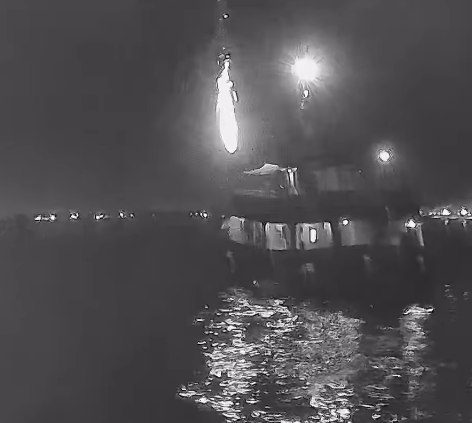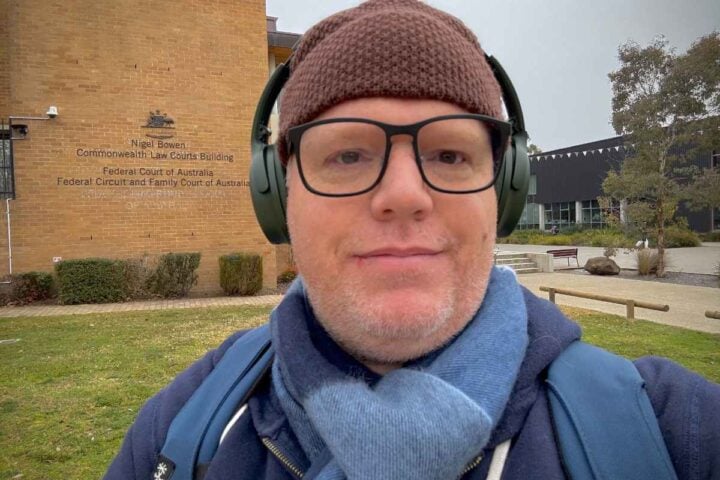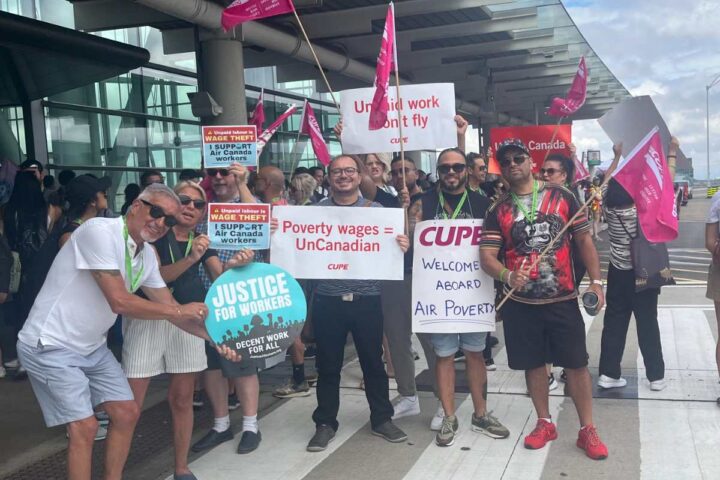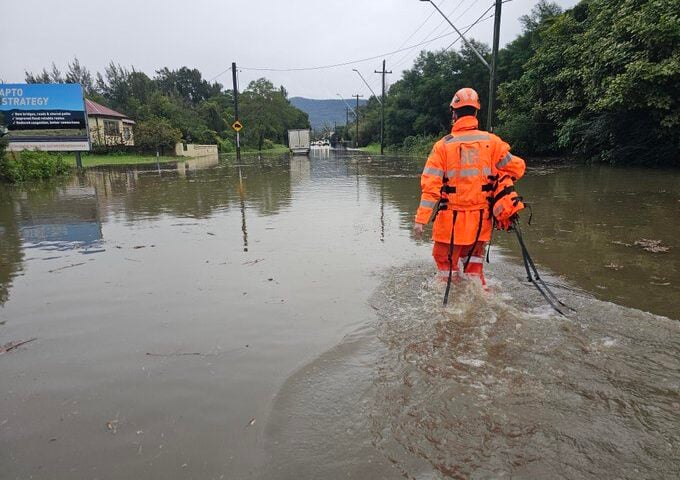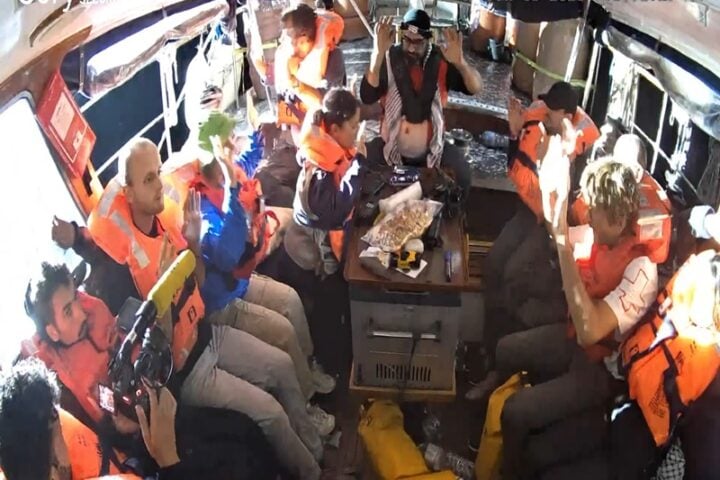California’s Central Coast is more than just picturesque beaches and rolling hills; it’s home to vibrant communities that are currently facing a pressing water quality issue. A coalition, a mix of rural Latino communities, farmworker groups, and passionate environmentalists, is stepping up, challenging state decisions that they believe are neglecting the region’s water health.
The root of the problem? Nitrates. Originating mainly from agricultural sources like chemical fertilizers, these nitrates are seeping into the water, affecting thousands of families. The State Water Resources Control Board, which should be a guardian of water quality, is now under scrutiny for its recent decisions. These choices don’t just touch the Central Coast; they ripple out, influencing statewide policies.
Recent studies have shown a concerning trend: communities of color in the Central Coast are facing higher nitrate levels in their water compared to predominantly white communities. The health risks? They’re significant. Infants and pregnant women are at risk of conditions like “blue baby syndrome,” while adults could face threats like cancer and thyroid issues.
Ileana Miranda, leading the San Jerardo Cooperative, puts it plainly, ““San Jerardo has suffered from too much nitrate in our drinking water, and we have seen our family members get sick in part because of it. The Water Boards must limit how much nitrate can go into our water and tell growers to stop contributing to this public health crisis as soon as possible.” She’s urging for immediate action.
At the heart of the debate is the Central Coast Agricultural Order (Ag 4.0). Introduced in 2021, this was a proactive step to set boundaries on fertilizer use. But recent decisions have pushed these boundaries aside, leaving the region exposed to unchecked nitrate levels.
Similar Posts
Manuel Barrera, from the Comité de Salinas, emphasizes the human side, “Chemical fertilizers in our water are causing us harm. That is what we are fighting for—to limit fertilizers and move toward less harmful solutions,”
This coalition, a blend of diverse groups, is represented by environmental law champions like the California Coastkeeper Alliance and Stanford Environmental Law Clinic.
Chelsea Tu, at the helm of Monterey Waterkeeper, points out, “Many of the Central Coast’s rivers near low-income communities of color, like the Salinas River, have high levels of nitrate and pesticides. It is simply unacceptable that disadvantaged communities cannot drink, fish, or swim in their waters.”
Sean Bothwell of California Coastkeeper Alliance shares this sentiment, expressing a need for more proactive measures. Nathaniel Kane, of the Environmental Law Foundation, adds, “We are tired of the empty promises by our Water Boards to ensure all Californians have access to swimmable, drinkable and fishable waters. The lack of enforceable groundwater limits and surface water protections only perpetuates the status quo, and the status quo is untenable for California’s disadvantaged communities.”
The public’s stance is clear: they want stricter regulations. Maricruz Ladino, a voice from the Comité de Salinas, captures the essence, emphasizing basic right to clean air, light, and water.
In essence, the Central Coast’s water challenge is a call to action. It’s about communities coming together, advocating for their right to clean water, and ensuring a healthier future for all.







